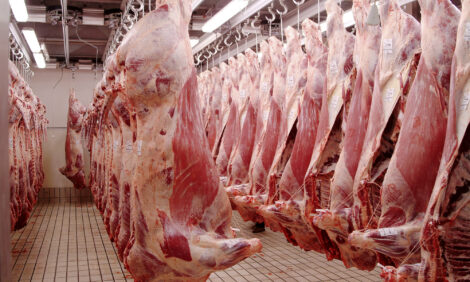



US dairy herd set to expand gradually amid better margins
Lower feed costs and strong milk prices support slow growthAfter three years of steady contraction, the US dairy herd is expected to begin expanding in 2025, driven by lower feed costs, stronger all-milk prices and rising processing capacity, according to the USDA’s latest Dairy Outlook.
Feed prices, particularly soybean meal and corn, have eased significantly from their 2022–2023 highs. Forage supplies have also rebounded, with major alfalfa-growing regions experiencing improved conditions that lifted on-farm hay stocks by 6% and pushed alfalfa prices down.
The average milk cow inventory climbed from 9.337 million in Q1 2024 to 9.359 million by Q4. While the January 1, 2025 national dairy herd was virtually unchanged from the previous year, the sector is expected to see continued, though gradual, growth through 2025.
The expansion pace is constrained by a tight supply of bred heifers and a shift in breeding priorities. The number of heifers per 100 cows has fallen to its lowest level since 1991, and producers expect 0.4% fewer heifers to calve this year. At the same time, strong feeder cattle prices are incentivizing dairy farms to produce beef-on-dairy calves rather than retaining replacements for milk production.
Despite these limitations, dairy cow slaughter fell 11% in 2024, signalling producers are holding onto productive animals longer to support herd growth.
Milk output per cow is also expected to increase in 2025, though gains will be more focused on components—such as fat and protein—than on overall volume, as producers tailor management and breeding strategies to market demands.
With margins improving, the US dairy sector is cautiously rebuilding, balancing herd retention with limited heifer availability and shifting market signals.



